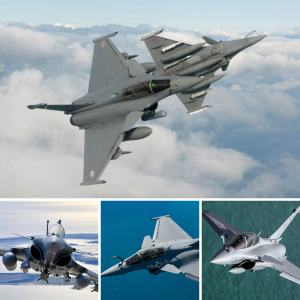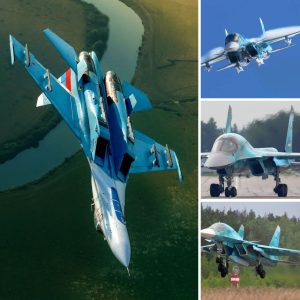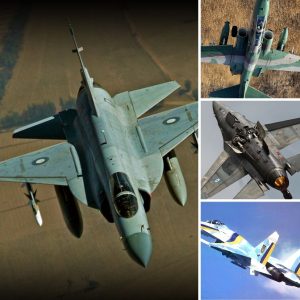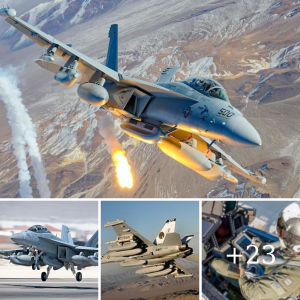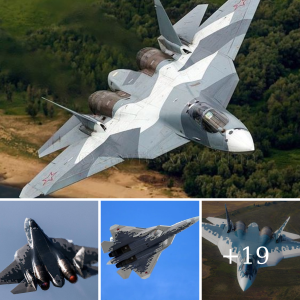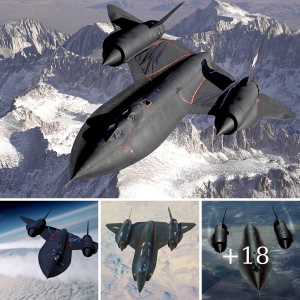In the annals of military aviation, certain aircraft achieve legendary status, while others fade into obscurity despite their revolutionary designs and capabilities. One such aircraft is the YF-23, a stealth fighter prototype that was once poised to become the backbone of the U.S. Air Force’s next-generation air superiority fleet. Dubbed the “Poison Spider” due to its sleek and sinister design, the YF-23 was a marvel of engineering that, despite its promise, was ultimately overshadowed by its rival, the F-22 Raptor. This is the story of America’s short-lived stealth fighter and the legacy it left behind.
A Contest of Titans
The late 1980s marked a pivotal moment in military aviation history as the U.S. Air Force sought to develop a new advanced tactical fighter (ATF) to maintain air superiority into the 21st century. The Cold War was still in full swing, and the need for a fighter that could outmatch the latest Soviet aircraft was paramount. Two aerospace giants, Northrop and Lockheed, were selected to compete in this high-stakes contest.

Northrop’s entry was the YF-23, a sleek, futuristic aircraft that embodied stealth and speed. With its diamond-shaped wings, twin-engine design, and innovative stealth features, the YF-23 was a radical departure from traditional fighter designs. Its primary competitor, Lockheed’s YF-22, was also a formidable machine, emphasizing agility and dogfighting capabilities.
The Design: Stealth and Speed
The YF-23 was designed with one goal in mind: to be the stealthiest and fastest fighter in the world. Its shape was optimized to minimize radar cross-section, making it nearly invisible to enemy radar. The aircraft’s long, blended fuselage and unique trapezoidal wings contributed to its low observability, while the exhaust nozzles were carefully designed to reduce infrared signatures.
Underneath its skin, the YF-23 was powered by two Pratt & Whitney YF119 engines or, in another prototype, General Electric YF120 engines. These powerful engines gave the YF-23 incredible speed, allowing it to cruise at supersonic speeds without afterburners—a feature known as supercruise. The YF-23 was built for speed and stealth, with less emphasis on extreme maneuverability compared to its competitor.
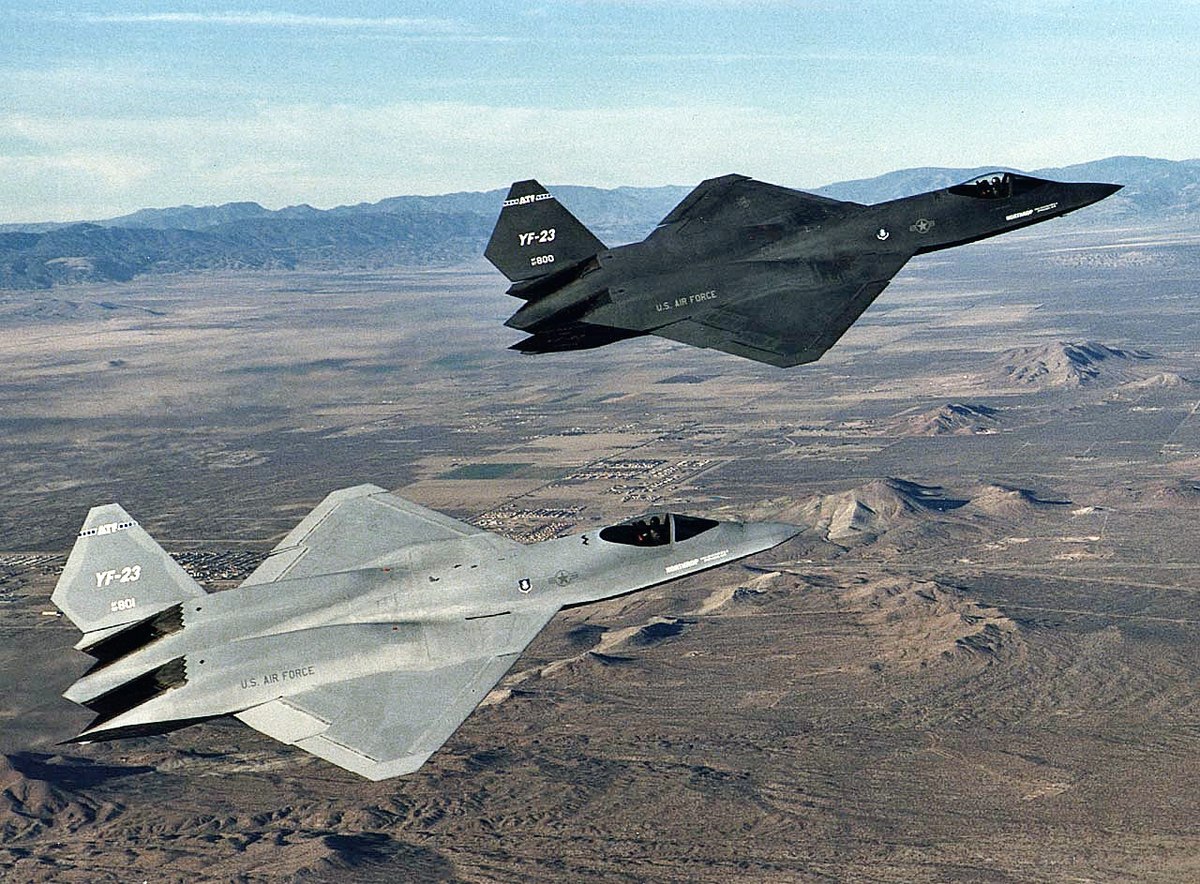
The Fly-Off: YF-23 vs. YF-22
In 1990, the YF-23 made its first flight, and the world got a glimpse of what could have been the future of air combat. Northrop built two prototypes, each with a different engine, and put them through rigorous testing. The YF-23’s performance was impressive: it was faster, stealthier, and had a longer range than the YF-22.
However, the competition wasn’t just about raw performance. The U.S. Air Force also evaluated the aircraft on factors like maneuverability, cost, and ease of maintenance. The YF-22 excelled in agility, particularly in close-range dogfights, thanks to its thrust vectoring technology. In contrast, the YF-23’s design philosophy leaned more toward avoiding detection and engagement altogether, striking from a distance where its stealth and speed would give it the upper hand.
The Decision and Aftermath
In April 1991, the U.S. Air Force announced its decision: the YF-22 was selected as the winner of the ATF competition. Lockheed’s design, later developed into the F-22 Raptor, was seen as better suited to the Air Force’s needs, particularly for its superior agility and perceived ease of transitioning into production.
For Northrop and the YF-23, it was the end of the road. Despite its advanced design and impressive capabilities, the YF-23 was relegated to history as a fascinating what-if scenario. The two prototypes were retired to museums, where they remain as silent reminders of what might have been.

Legacy of the “Poison Spider”
Though the YF-23 never entered production, its influence can still be felt in modern aviation. The aircraft’s stealth technologies and aerodynamic innovations contributed to the design of future stealth platforms. Moreover, the competition between the YF-23 and YF-22 set the stage for the development of next-generation fighters, including the F-35 Lightning II.
The story of the YF-23 is one of innovation, competition, and the harsh realities of military procurement. It’s a tale of an aircraft that, despite its promise, was outmaneuvered by a rival that better fit the strategic vision of the time. Yet, for aviation enthusiasts and historians, the “Poison Spider” remains a symbol of what could have been—a stealthy, supersonic shadow in the sky that might have changed the course of aerial warfare.
Today, the YF-23 stands as a testament to Northrop’s ingenuity and a reminder that in the world of advanced technology, the best ideas don’t always win. But the legacy of the YF-23 endures, inspiring those who dream of pushing the boundaries of what’s possible in the skies.
